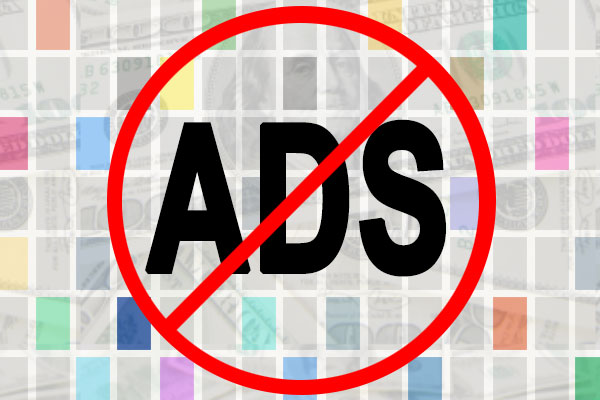Samsung on Sunday released a version of its mobile browser that supports applications that block advertising on Web pages.
The browser upgrade can be applied to devices running Android Lollipop and higher.
Apple released similar support for the Safari mobile browser last year, but this is the first time a major maker of Android hardware has supported ad blocking.
Within hours of the announcement, two ad-block app makers, Crystal and Adblock Fast, had already released versions of their software for the Samsung browser.
The most popular browser in the Android world is Google’s Chrome, which doesn’t support ad blocking.
However, the default browser on Samsung phones — which have 22 percent of the global smartphone market, according toStrategy Analytics — is Samsung’s browser, so the company may be hoping ad-blocking support will help it cut into Chrome’s market share.
Faster Page Loads
Ad blockers have started to gain popularity among mobile users for a number of reasons.
“With mobile devices, all those calls, links and tech used to pull ads into a mobile browser can take awhile. By stripping those out, consumers see the pages load faster,” said Lauren Fisher, an analyst witheMarketer.
“If you’re on your desktop computer, advertising can be easier to deal with,” she told the E-Commerce Times. “With a mobile device, once that page is shrunk and you’re still seeing ads everywhere, it can make it harder to read and do what you want to do.”
Pros and Cons
Ad blockers have other benefits, too.
“They block annoying ads, protect users from ad-served malware, allow users to have control over privacy settings, cut down the time it takes to load pages, and decrease the amount of data people have to pay for,” Ben Williams, the comms/ops manager forEyeo, maker of Adblock Plus, told the E-Commerce Times.
There’s also a big downside to the apps, especially for content makers.
“They deprive publishers of revenue and may harm the content economy over time,” said Greg Sterling, vice president of strategy and insight for theLocal Search Association.
Blocking advertising in a browser, whether it’s Samsung’s or Apple’s, can have an impact on businesses that depend on advertising to pay the bills, but it’s not as serious a challenge as it is on the desktop.
“Mobile users spend about 80 percent of their time inside mobile apps,” said John Carroll, a mass communications professor atBoston University.
“From that standpoint, ads on the mobile Web are only a small slice of overall mobile usage,” he told the E-Commerce Times.
Long-Term Solution Needed
That’s important because Web pages aren’t the only place mobile jockeys see advertising.
“You have to keep in mind that there isn’t any ad blocking going on in apps, which is where a lot of consumers spend their time,” eMarketer’s Fisher said.
“We can’t say with confidence that ad blocking will never happen in apps, but there are a lot more obstacles there to get ad blocking implemented from a technical perspective,” she added.
“Most — though not all — ad blockers focus on the mobile Web, so in-app ads are substantially immune from blocking today,” LSA’s Sterling told the E-Commerce Times.
“But the root consumer dissatisfaction that’s causing adoption of ad blockers must be addressed as a long-term solution,” he continued.
Stage 1 Cancer
As ad blockers have grown in popularity, some advertisers and content providers have taken measures to preserve their revenue streams.
“There are various strategies and tactics being developed to combat ad-blocking software. There are emerging software solutions that thwart ad blockers, and publishers can also detect ad blockers and deny access to content unless they’re disabled,” Sterling said.
“Everyone in the digital content ecosystem — including advertisers — should be concerned about the potential impact of ad blocking. It’s not yet a crisis, but it’s a significant problem that needs to be addressed now,” he added.
“It’s like stage 1 cancer,” Sterling continued. “Advertisers and publishers can’t let it get to stage 4 before acting.”













































Social Media
See all Social Media